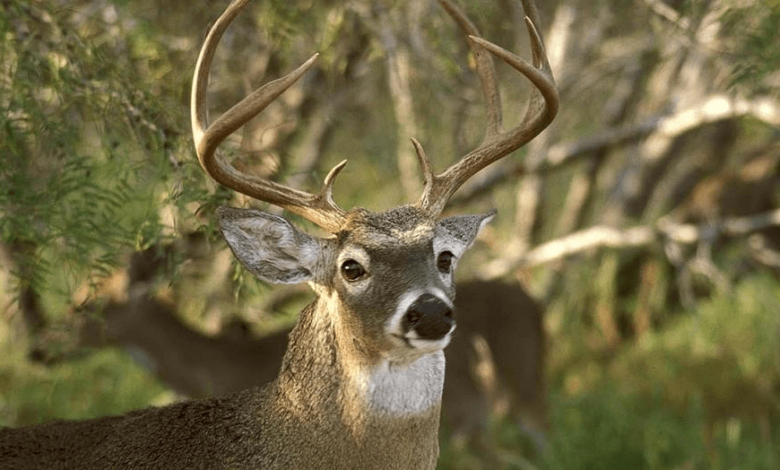Deer: Predation or Starvation?

The complex dynamics surrounding deer populations present an intriguing dilemma: are they more threatened by predation or by starvation? Predators undoubtedly serve a crucial function in regulating deer numbers, yet the increasing loss of habitat raises significant concerns about food availability. As these environmental challenges intensify, the implications for both deer welfare and ecosystem balance become increasingly pronounced. Understanding how these factors interplay is essential for effective wildlife management strategies, but the question remains: Deer: Predation or Starvation?
The Role of Predators
Predators play a crucial role in maintaining the ecological balance within deer populations and their habitats. Through effective hunting strategies, they exert population control, ensuring that deer do not overpopulate and deplete resources.
This interaction fosters prey adaptation, as deer evolve defenses against predation. Consequently, predator behavior becomes integral to food webs, reinforcing the dynamic relationships essential for ecosystem health and stability.
Impact of Habitat Loss
Habitat loss is one of the most significant threats to deer populations, affecting an estimated 70% of their natural environments across various regions.
Habitat fragmentation diminishes the continuity of ecosystems, leading to food scarcity and increased competition among deer.
As their habitats shrink, deer face greater challenges in accessing adequate nutrition, ultimately jeopardizing their survival and overall population health.
Read Also What is the difference between Boldenone and Masteron?
Starvation: Causes and Effects
As deer populations grapple with the consequences of habitat loss, the threat of starvation becomes increasingly pronounced.
Nutritional deficiencies arise from disrupted seasonal foraging patterns, limiting access to essential food sources. This lack of adequate nutrition not only compromises individual health but also affects reproductive success and population stability.
Understanding these dynamics is crucial for developing effective conservation strategies to support deer populations in changing environments.
Balancing Ecosystem Dynamics
Successfully maintaining the delicate balance of ecosystem dynamics is essential for the health and sustainability of deer populations.
Effective wildlife management and conservation strategies must prioritize habitat restoration to support ecosystem health.
Understanding species interdependence within the food chain enhances our ability to regulate deer population levels, ensuring ecological balance.
This approach fosters resilience, benefiting both deer and the broader environment they inhabit.
Conclusion
In examining the challenges faced by Deer: Predation or Starvation?, it becomes evident that both predation and starvation play critical roles in shaping their survival. With habitat loss severely constraining food availability, the balance of these factors raises an important question: can effective wildlife management strategies mitigate the pressures of predation while restoring habitats to prevent starvation? Addressing these interconnected issues is essential for the sustainability of deer populations and the ecosystems they inhabit, highlighting the urgency for comprehensive conservation efforts.






